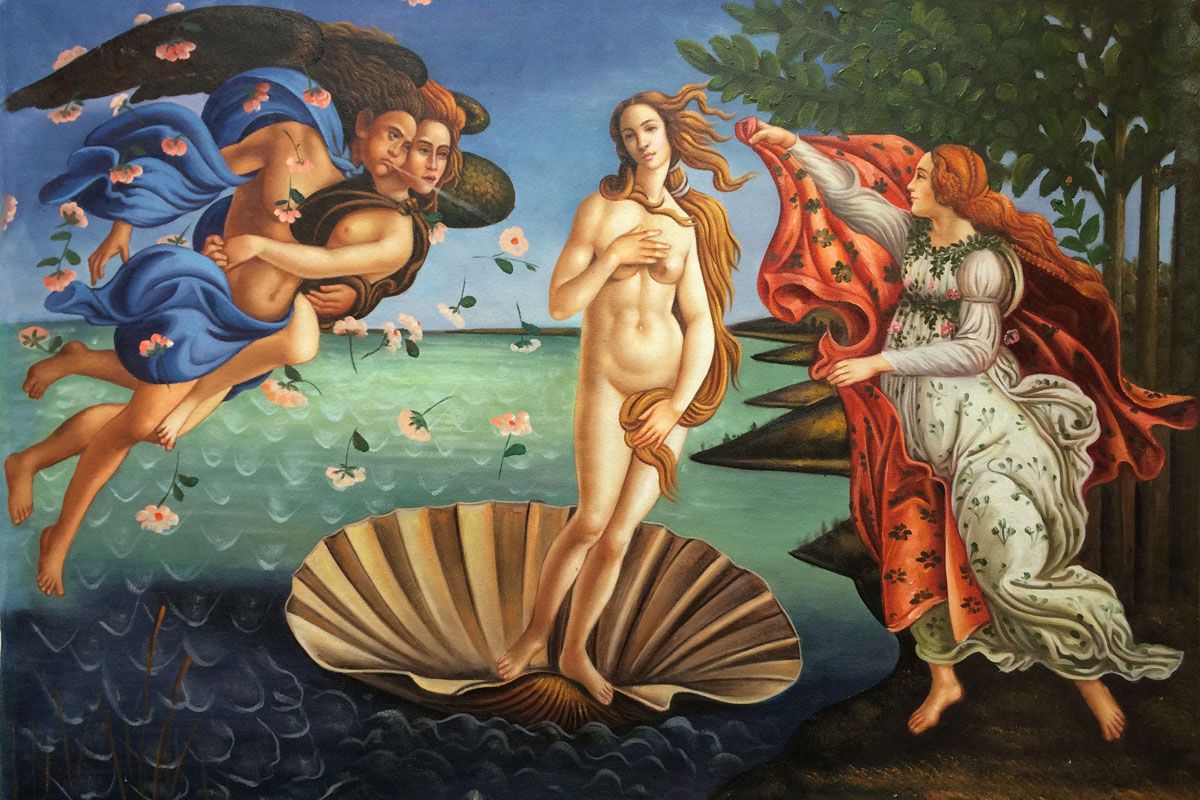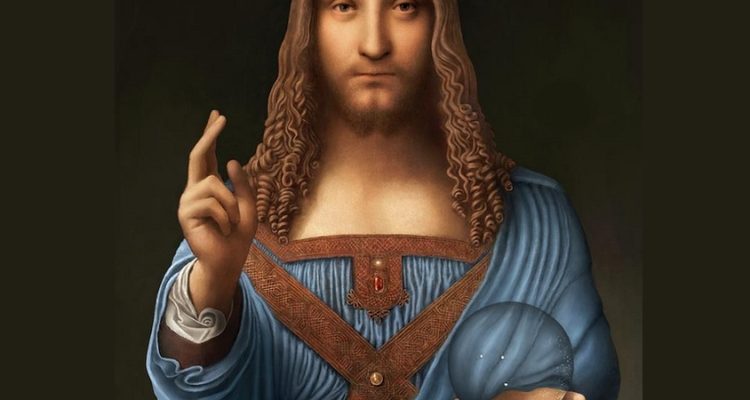Various incredible artists have graced the world for a long time with their lovely compositions. A portion of these turned out to be exceptionally critical for their timeless relevance, and some for their impact on different artistic progressions. Among those are artworks that turned out to be broadly recognized until the present time. There is, nevertheless, an evident class of canvases made over history that are generally loved. In this article, we list 7 famous paintings of people.
The Luncheon on the Grass
Le Déjeuner sur l’herbe is a huge oil on material composition by Édouard Manet. It portrays a female naked and a sparsely dressed female bather on a cookout with two completely dressed men in a rustic setting. Dismissed by the Salon jury of 1863, Manet jumped all over the chance to show this and two different canvases in the 1863 Salon des Refusés, where the composition ignited public reputation and contention. The work is currently in the Musée d’Orsay in Paris.
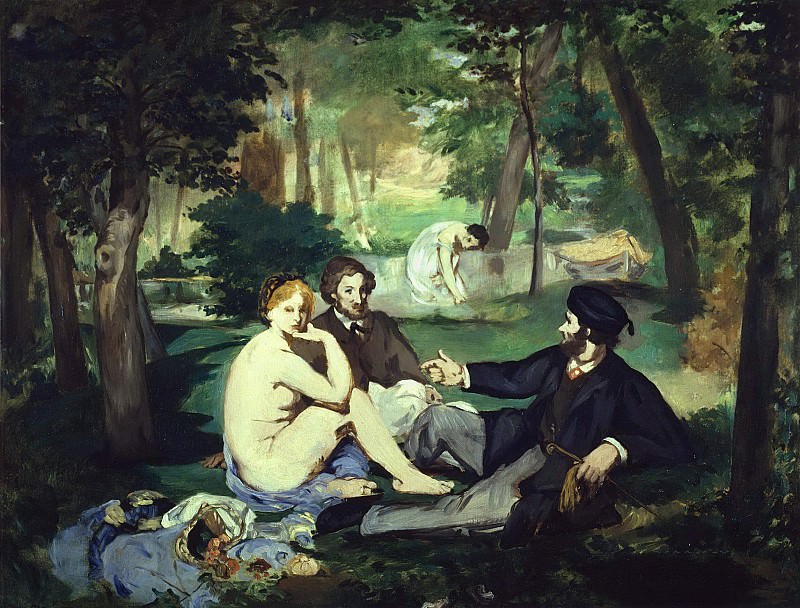
Monalisa
The Mona Lisa is a half-length representation painting by Italian craftsman Leonardo da Vinci. Considered a model show-stopper of the Italian Renaissance, it has been depicted as “the most popular, the most visited, the most expounded on, and the most sung about, the most spoofed masterpiece on the planet”. The canvas’ clever characteristics incorporate the subject’s baffling articulation, the monumentality of the piece, the inconspicuous demonstration of structures, and environmental illusionism.
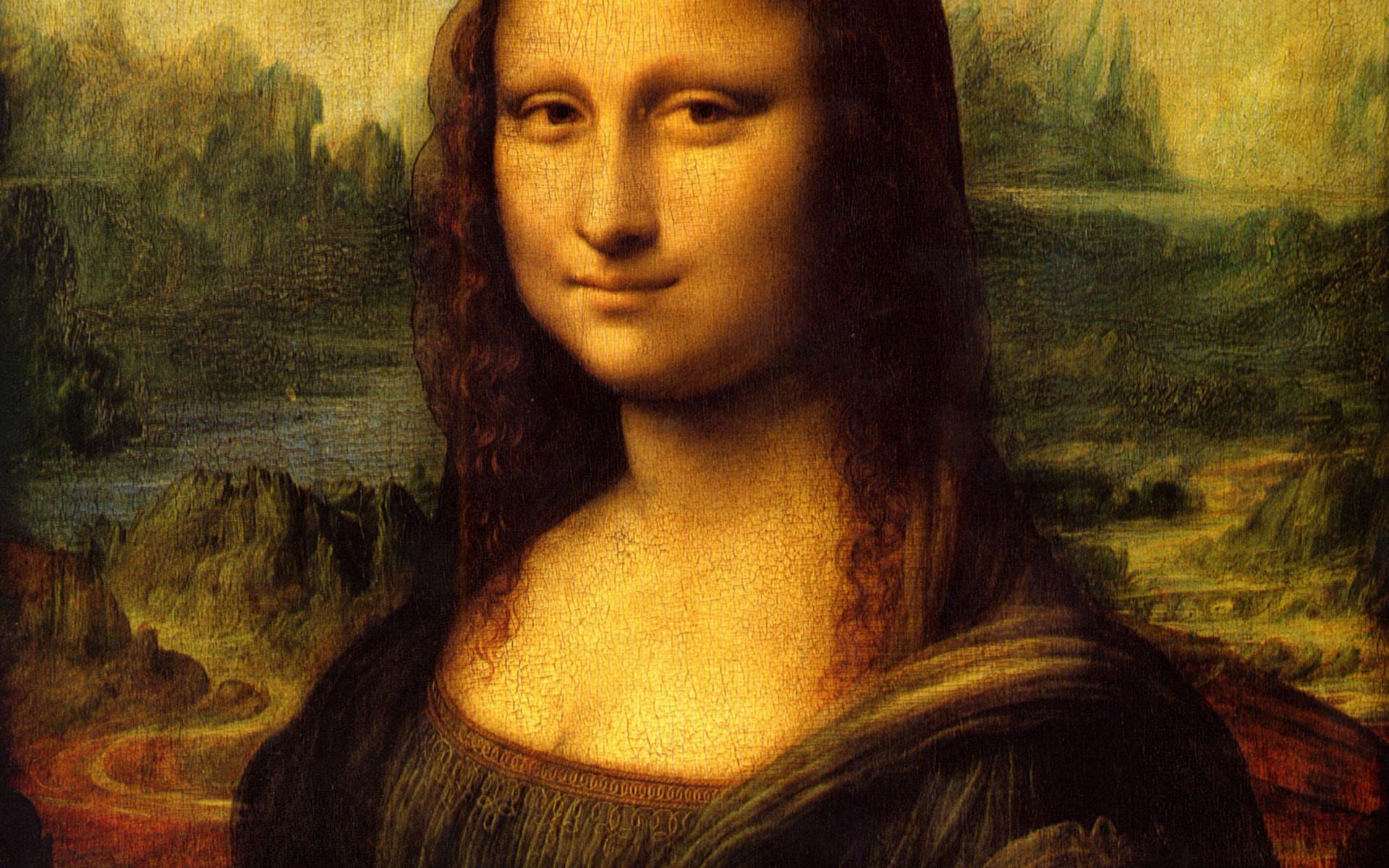
Creation of Adam
This is a fresco painting by Italian craftsman Michelangelo, which structures some portion of the Sistine Sanctuary’s roof. It delineates the Scriptural creation story from the Book of Beginning wherein God gives life to Adam, the primary man. The fresco is essential for a complex iconographic conspire and is sequentially the fourth in the series of boards portraying episodes from Beginning.
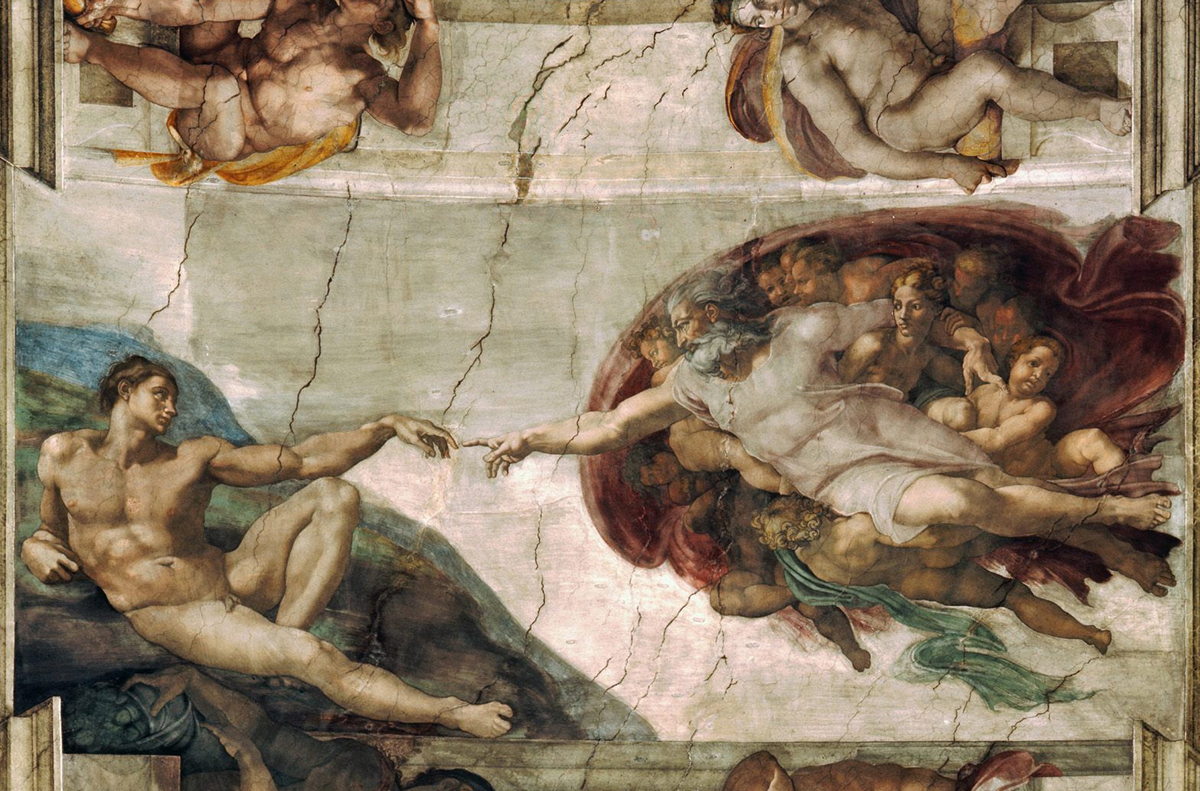
Salvator Mundi
Salvator Mundi is a painting credited in entire or to some extent to the Italian High Renaissance craftsman Leonardo da Vinci. The work of art portrays Christ in a behind the time’s blue Renaissance dress, making the indication of the cross with his right hand, while holding a straightforward, non-refracting precious stone circle in his left, flagging his job as Salvator Mundi and addressing the ‘divine circle’ of the sky.
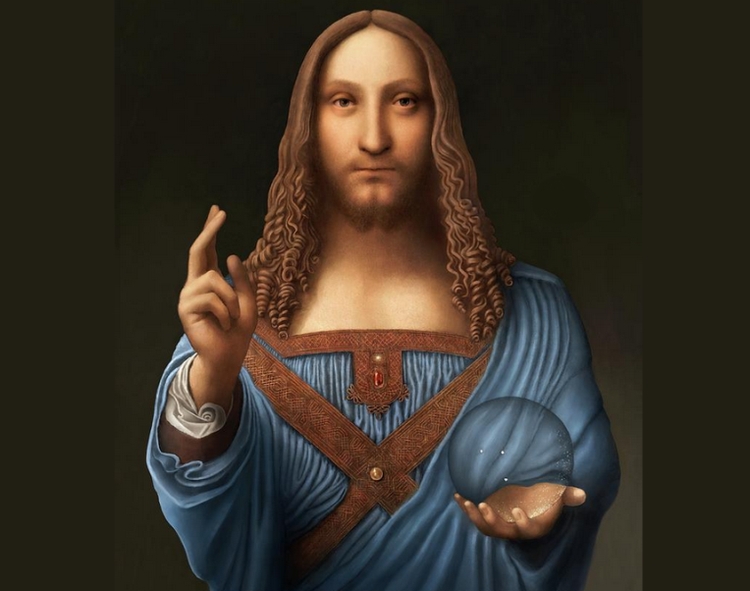
The Exposed Maja
This is an oil-on-material work of art made by the Spanish craftsman Francisco de Goya and is presently in the Museo del Prado in Madrid. It depicts a naked lady leaning back on a bed of cushions and was likely dispatched by Manuel de Godoy, to drape in his confidential assortment in a different bureau saved for bare compositions.
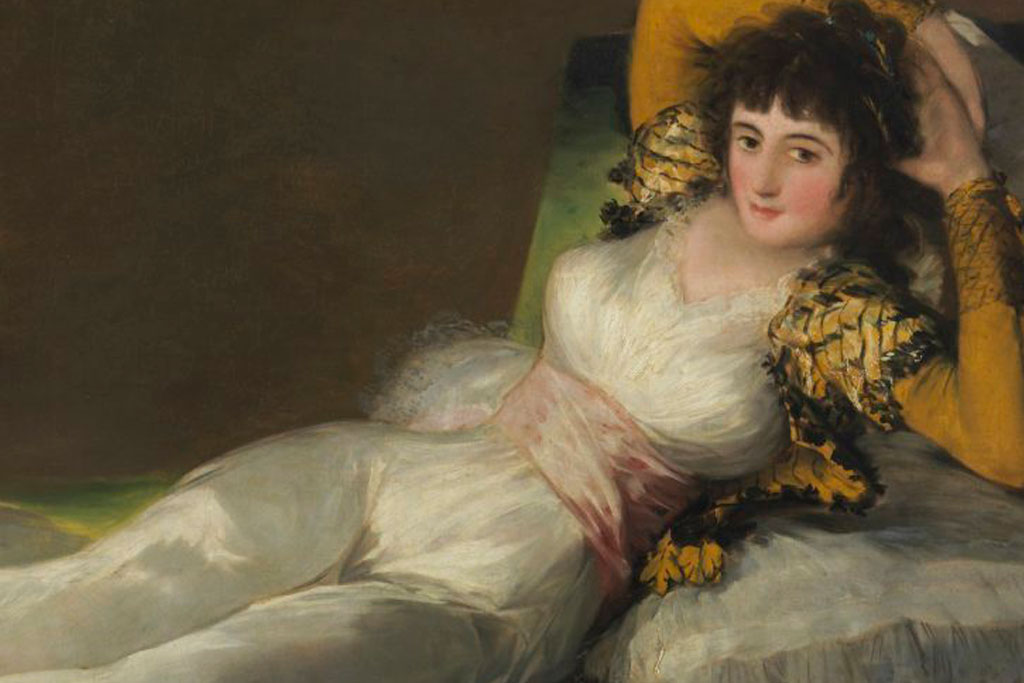
The Arnolfini Portrait
The Arnolfini Representation is a 1434 oil painting on oak board by the Early Netherlandish painter Jan van Eyck. It frames a full-length twofold representation, accepted to portray the Italian trader Giovanni di Nicolao Arnolfini and his better half, probably in their home in the Flemish city of Bruges.
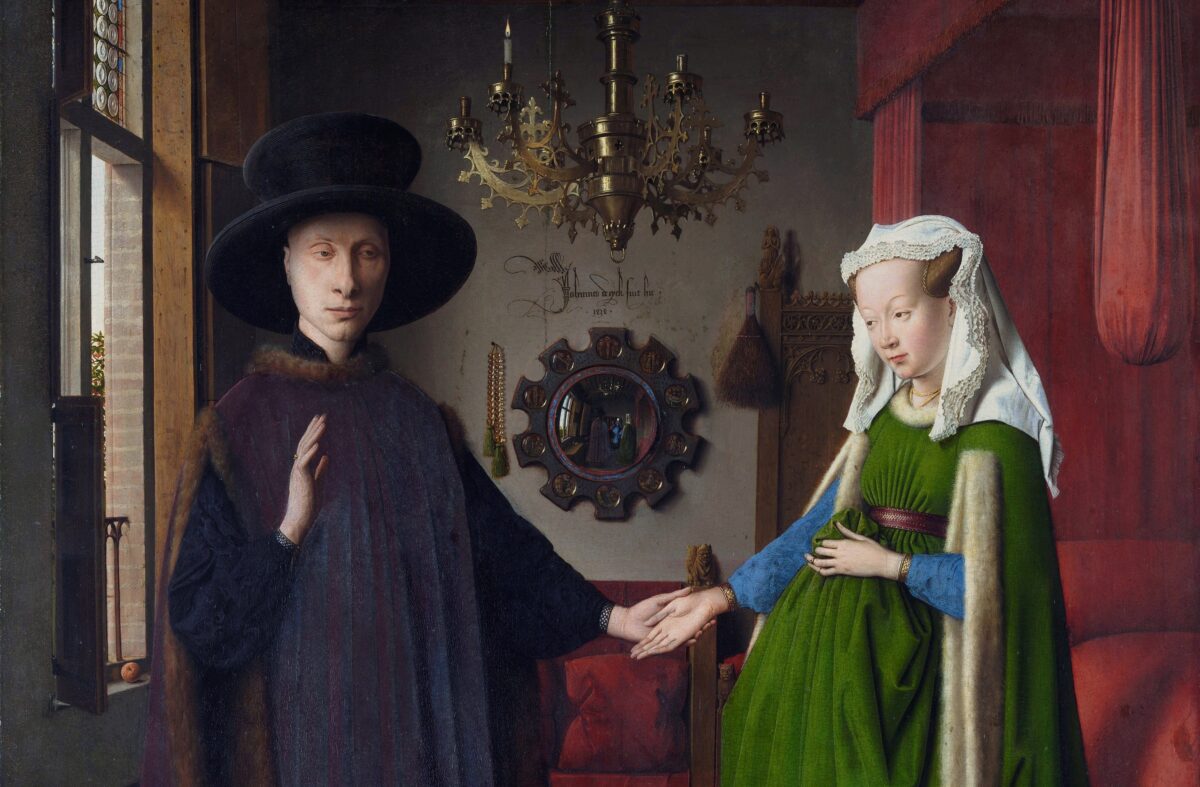
The Birth of Venus
The Birth of Venus is a painting by the Italian craftsman Sandro Botticelli, likely executed during the 1480s. It portrays the goddess Venus showing up at the shore after her introduction to the world when she had risen out of the ocean completely developed, called Venus Anadyomene, and frequently portrayed in craftsmanship. The artistic creation is in the Uffizi Exhibition in Florence, Italy.
